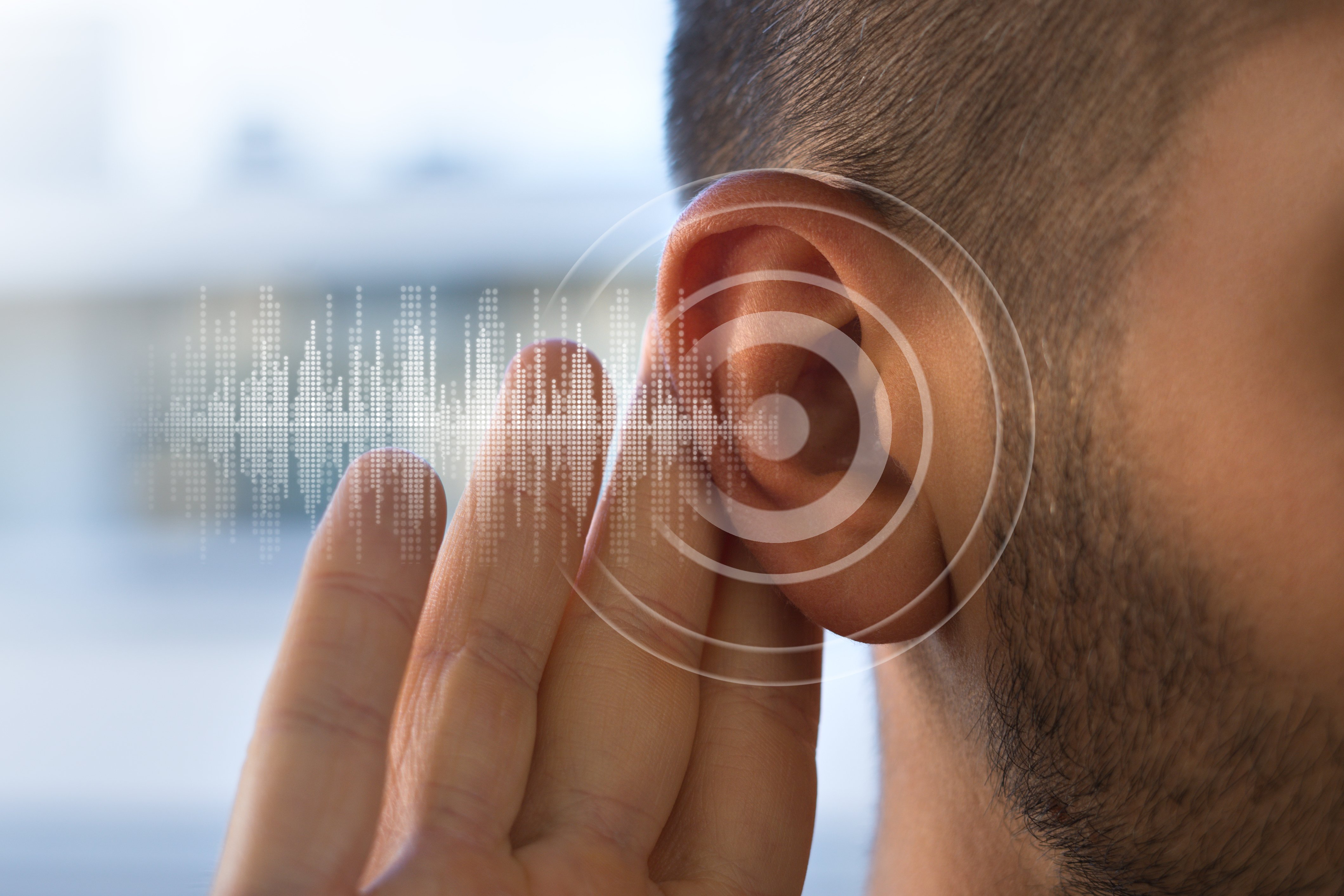We live in a world full of remarkable and diverse sounds, from the soothing melody of raindrops to the rhythmic hum of a bustling city. But amidst this symphony, there's a sneaky villain that can sabotage our ability to hear these beautiful sounds: ototoxic chemicals. Yes, you heard that right – certain substances have a knack for causing a ruckus in our ears, and not in a good way.
Picture this: you're hard at work surrounded by buzzing drills and the faint scent of different types of chemicals. While you're focused on your tasks, those sneaky chemicals may be silently attacking your hearing. You see, some of these substances have a nasty habit of wreaking havoc on the delicate inner workings of our ears, ultimately leading to the unwelcomed guest of hearing loss.
Now, before you start worrying and sticking cotton balls in your ears, let's shed some light on this less-than-pleasant phenomenon. Ototoxicity, as it's formally known, occurs when certain chemicals cause trouble in your ear, damaging the tiny hair cells in the inner ear or the auditory nerve. This mischievous behavior can result in various hearing problems, from a slight muffling of sounds to a full-blown moment of "What did you say?"
Now, you might be curious about who the usual suspects are. Well, let me introduce you to a motley crew of troublemakers – heavy metals like lead and mercury, certain solvents, pesticides, carbon monoxide, tobacco smoke, and even some medications. Yes, even those innocent-looking pills can sometimes turn traitor on us. Healthcare providers have identified over 200 medicines as potential ototoxic drugs, meaning they can potentially damage your inner ear. Some of these medications require a prescription, while others can be purchased over the counter. Most of them are essential for treating various conditions, like cancer or infections. Chemotherapy drugs, specific antibiotics, and even something as common as aspirin can be among the culprits. So, whether you're hard at work, a DIY enthusiast, or just in need of medical treatment, it's important to keep an ear out for these sneaky troublemakers.
So, what can a savvy individual do in the face of this hidden threat? First and foremost, awareness is key. Whether you're an employer, an employee, or simply someone who cares about their health, understanding the potential risks associated with ototoxic chemicals is a solid starting point. Utilizing protective gear, ensuring proper ventilation, and following safety guidelines act as shields in your defense against these misbehaving molecules.
Exposure to ototoxic chemicals can be harmful and occur through various routes, including inhalation, ingestion, and skin absorption. The health effects caused by these ototoxic chemicals can vary depending on factors such as the frequency, intensity, and duration of exposure, as well as workplace exposure to other hazards and individual factors like age. These effects may be temporary or permanent, impacting hearing sensitivity and potentially resulting in a shift in the standard threshold.
Workers can encounter these chemicals in different ways, including breathing them in, consuming contaminated food or drinks, and absorbing them through the skin by touching. Once these chemicals enter the body, they can travel through the bloodstream and cause damage to the inner ear and the nerves responsible for transmitting information to the brain.
Be vigilant for any signs and potential side effects. You might immediately notice signs of ototoxicity upon exposure to the chemical, or symptoms may gradually appear over time. Ototoxicity can even manifest symptoms up to five years after initial exposure. Typically, the first indication is the perception of sounds that others cannot hear, such as the persistent ringing in your ears (known as tinnitus). Other signs and symptoms may include:
- Hearing loss in one or both ears.
- Spatial resolution: the inability to localize sound.
- Temporal resolution: the inability to detect time gaps between sounds.
- Compressed loudness: sound distortion.
- Having trouble balancing when you're walking or climbing stairs.
- Having trouble walking at night or in the dark.
- Walking with your legs far apart to maintain balance.
- Perceiving stationary objects around you as moving.
- Feeling lightheaded, dizzy or tired.
Regular check-ups and monitoring are crucial, especially if you work in an environment where chemical exposure is a daily occurrence. If you suspect that your ears may have unwittingly played host to these troublemakers, seeking advice from a healthcare professional is a wise move. Early detection and intervention can make all the difference in preventing a minor struggle from turning into a full-blown battle with hearing loss.
Get help with a Hazard Communication program for your business.
My friends, the world is filled with wonderful sounds, and it would be a shame to miss out on them due to the antics of a few unruly chemicals. So, let's raise our awareness, take necessary precautions, and keep our ears tuned in to the sweet melodies of life.
Learn more about hearing loss - protecting your hearing in the world of dentistry or Implementing the Hierarchy of Controls for Workplace Hazards.
Discover more about how to achieve OSHA compliance for the dental practice or dental lab.
Why is it crucial to evaluate your sterilization procedures? Learn about the potential repercussions of overlooking proper sterilization protocols in dental practices.
Learn more about what SafeLink Consulting can do to help your business with compliance services, including safety compliance, to meet OSHA training requirements and quality system consulting to meet FDA compliance. Contact us for an OSHA consultation.
Get notification when new regulatory compliance training courses are added plus upcoming events by subscribing to our email news.








Leave Comment